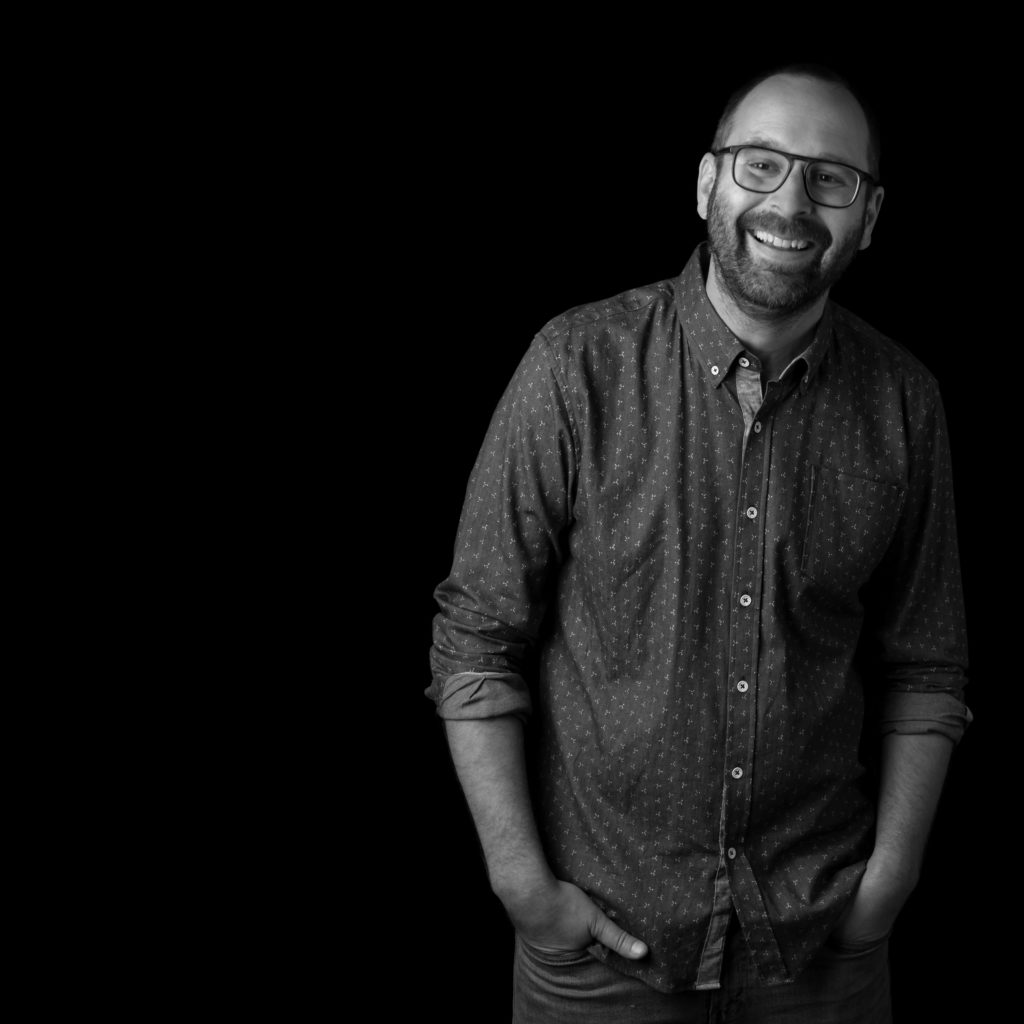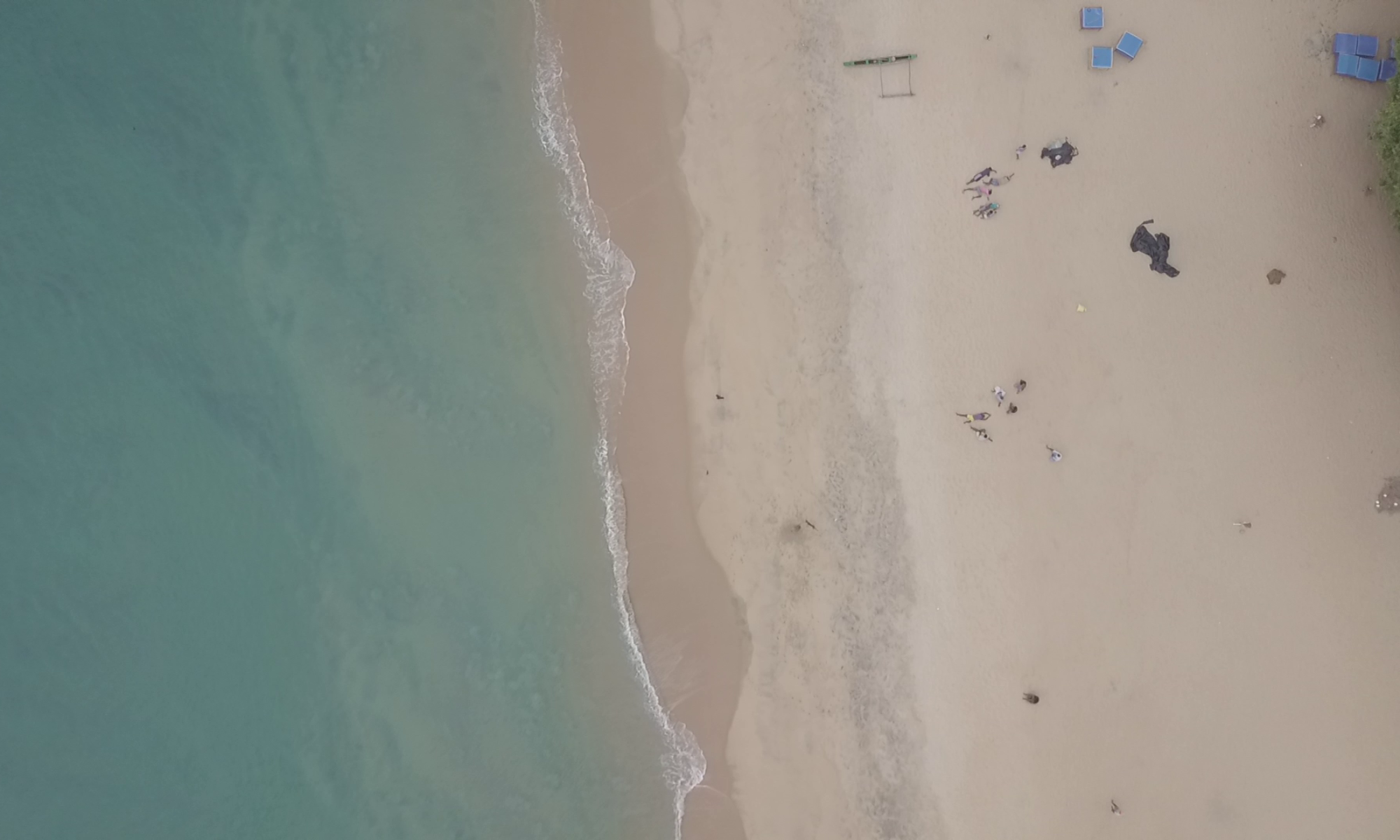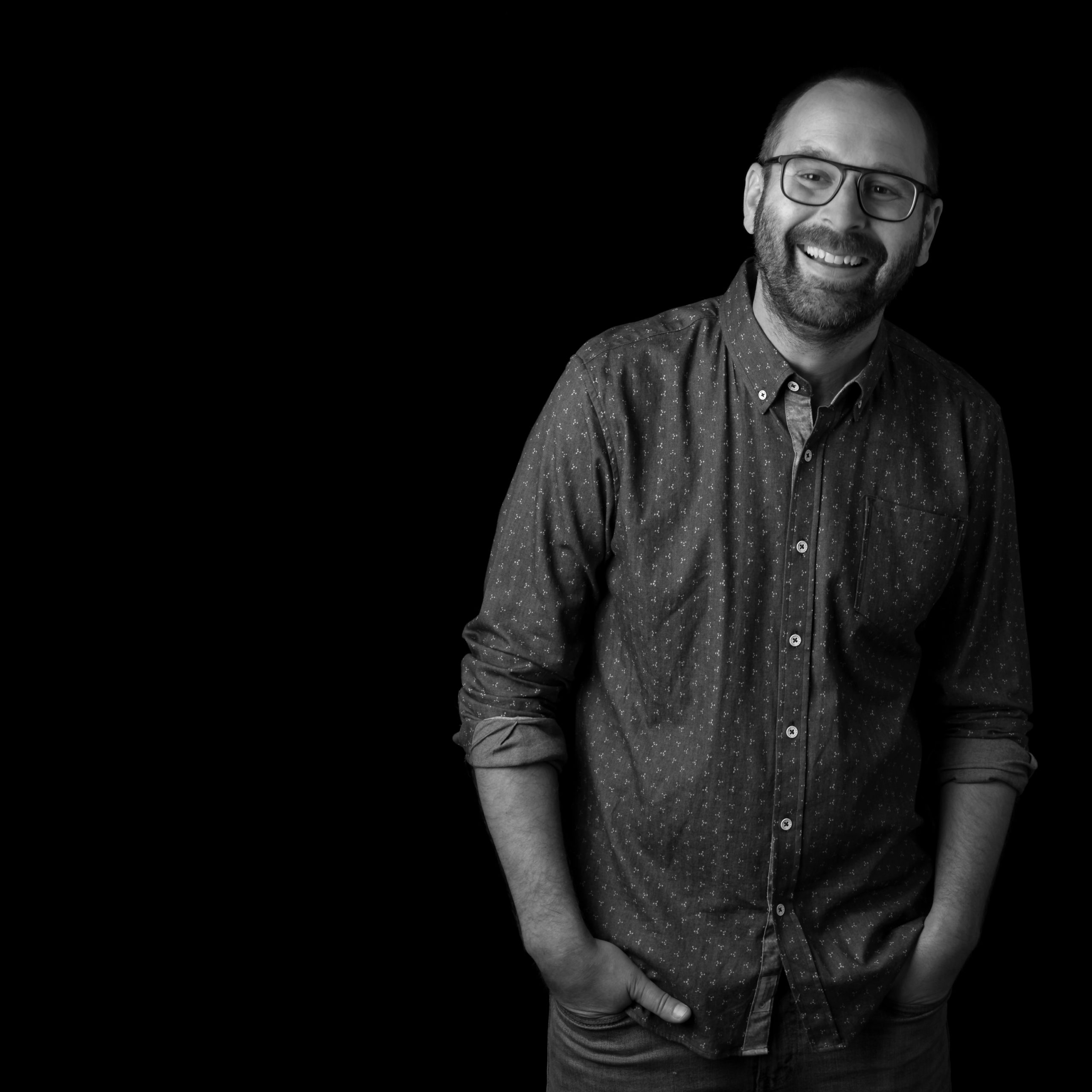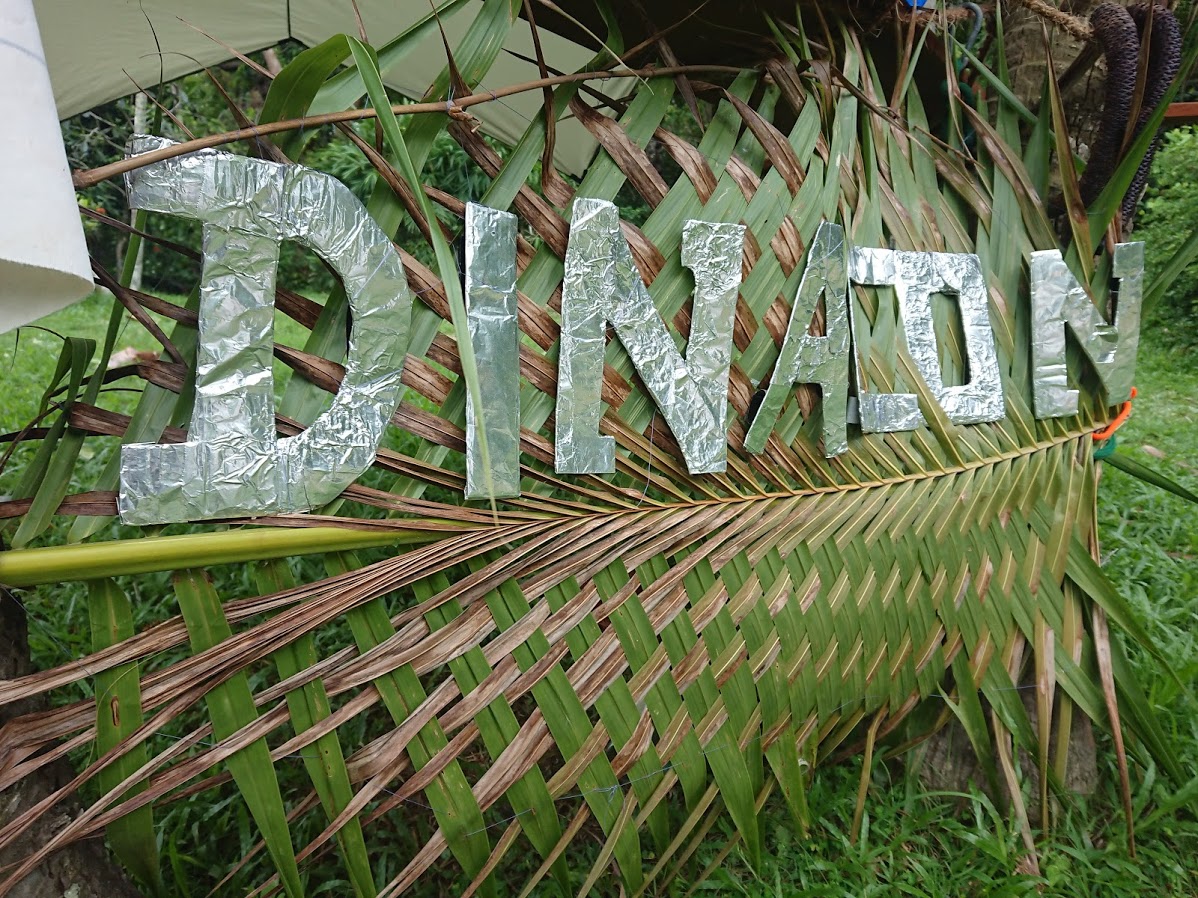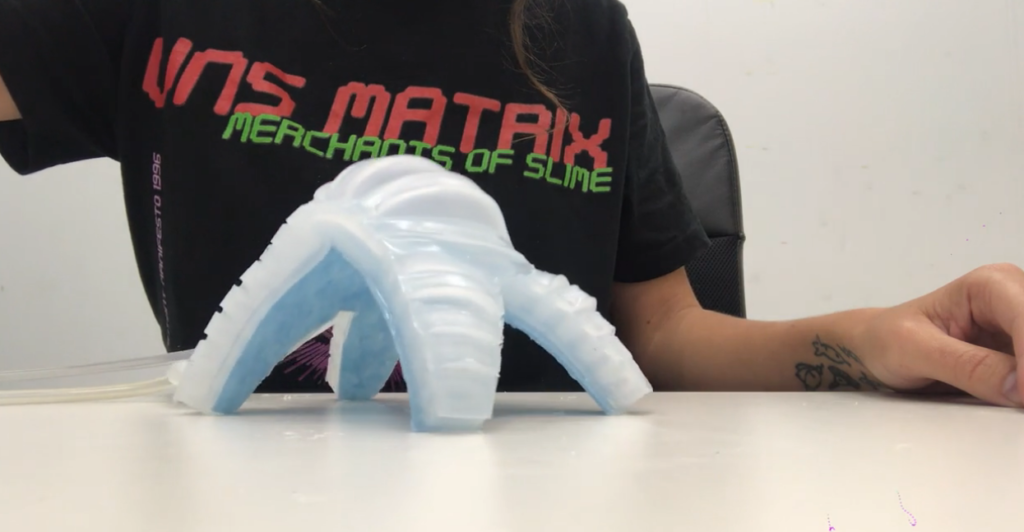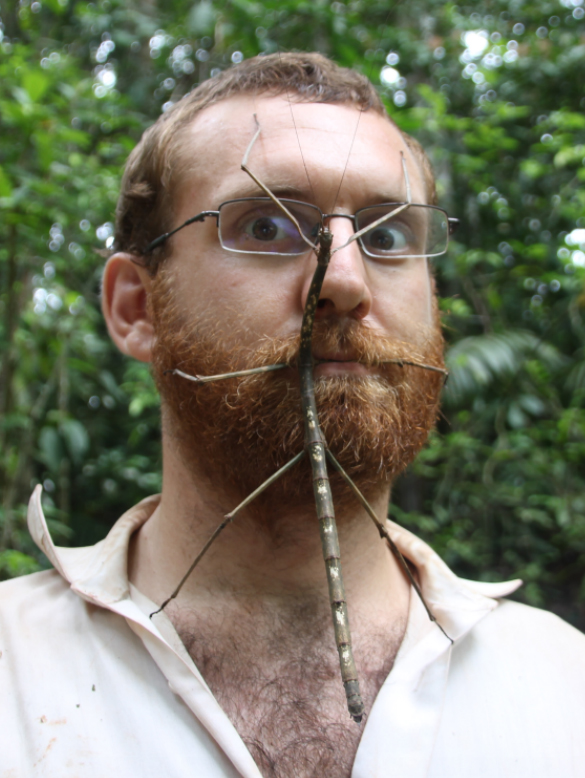Project: plants and machine learning
I would like to create a series of art installations in which live plants train the computer that is responsible for caring for them.


Bio
David Bowen is a studio artist and educator whose work has been featured in numerous group and solo exhibitions nationally and internationally. Bowen’s work is concerned with aesthetics that result from interactive, reactive and generative processes as they relate to intersections between natural and mechanical systems. He is currently an Associate Professor of Sculpture and Physical Computing at the University of Minnesota.
